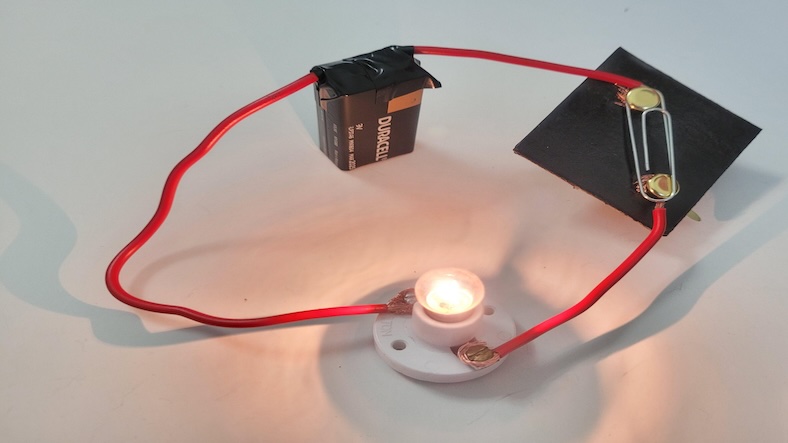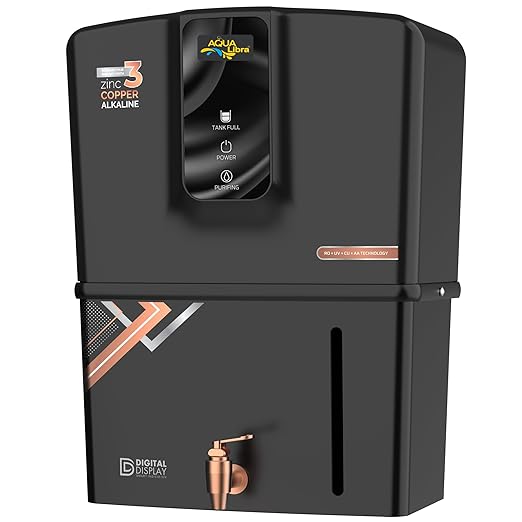Creating a simple circuit is an excellent way to introduce children to the basics of electricity and electronics.
Here's a straightforward experiment for making a simple circuit:
Materials:
- AA batteries (1 or 2, depending on the circuit)
- Battery holder
- LED (Light Emitting Diode)
- Copper tape or aluminum foil
- Cardboard or paper
- Insulating tape or masking tape
Procedure:
- Prepare the Base: Cut a piece of cardboard or paper to serve as the base for your circuit.
- Attach the Battery Holder: Place the battery holder on the base and secure it using tape. Make sure the holder is positioned so that the batteries can be easily inserted and removed.
- Insert the Batteries: Insert the batteries into the battery holder, paying attention to the correct polarity (positive and negative).
- Attach the LED:
- Identify the longer lead of the LED (positive) and the shorter lead (negative).
- Connect the longer lead of the LED to the positive terminal of the battery holder. You can use copper tape or aluminum foil to create a conductive path.
- Create a Conductive Path: Use copper tape or aluminum foil to create a conductive path from the negative terminal of the battery holder to the shorter lead (negative) of the LED.
- Secure and Test:
- Use insulating tape or masking tape to secure the components in place. Ensure that the conductive paths are not touching where they shouldn't be.
- The LED should light up when the circuit is complete.
Explanation:
When the batteries are inserted into the battery holder, they create an electric potential. When a complete circuit is formed by connecting the positive and negative sides of the battery to the corresponding leads of the LED, current flows and the LED lights up. This experiment helps children understand the basic concept of a closed circuit.
Tips:
- You can experiment with multiple LEDs in parallel or series to see how it affects brightness and power consumption.
- Encourage children to try different materials for creating conductive paths, such as graphite pencils or conductive ink.
Always supervise children during this experiment, especially when working with small components. It's a great way to spark curiosity about electricity and electronics in a hands-on and interactive manner.
Thanks for reading the article, for more Science & Technology related articles read and subscribe to peoples blog articles.














